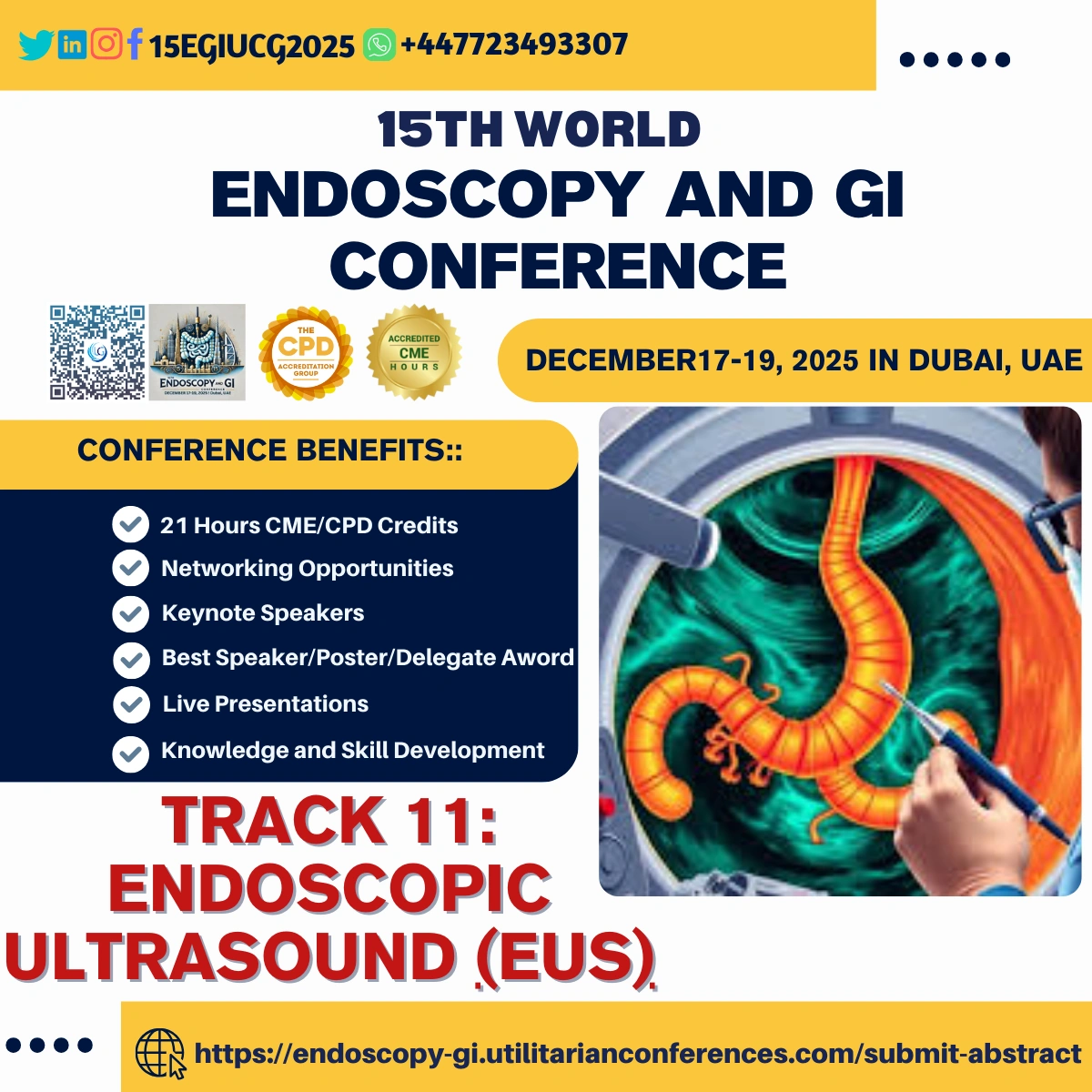Endoscopic Ultrasound (EUS) is a medical imaging technique that combines endoscopy and ultrasound to provide high-resolution images of the gastrointestinal (GI) tract, pancreas, bile ducts, liver, and surrounding tissues. It allows for detailed visualization of structures that are often difficult to assess with other imaging modalities like CT or MRI.
Overview of Endoscopic Ultrasound (EUS):
How EUS Works:
- EUS involves the insertion of a flexible endoscope, equipped with an ultrasound probe at its tip, into the digestive tract (e.g., through the mouth for upper GI tract imaging or through the rectum for lower GI tract imaging).
- The ultrasound probe emits sound waves, which bounce off tissues and create detailed images of the internal organs, enabling the evaluation of both superficial and deep structures.
- It is particularly useful for imaging the pancreas, bile ducts, lymph nodes, and other structures adjacent to the GI tract, providing better resolution than traditional ultrasound.
Applications of EUS:
- Pancreatic and Biliary Diseases: EUS is commonly used to assess pancreatic cysts, tumors, chronic pancreatitis, and bile duct stones. It can provide detailed images of the pancreas and surrounding tissues, which is essential for diagnosing pancreatic cancer, evaluating cystic lesions, and staging pancreatic malignancies.
- Gastrointestinal Cancer Staging: EUS is a valuable tool in staging GI cancers, including esophageal, gastric, and rectal cancers, by assessing tumor depth (T staging), lymph node involvement (N staging), and vascular invasion.
- Submucosal Lesions: EUS is particularly effective in visualizing and diagnosing submucosal lesions, such as gastrointestinal stromal tumors (GISTs), lipomas, and leiomyomas.
- Fine-Needle Aspiration (FNA) and Biopsy: EUS can guide fine-needle aspiration (FNA) or fine-needle biopsy (FNB) to obtain tissue samples from lesions located deep within the body (e.g., pancreatic tumors, lymph nodes, bile ducts) for diagnosis.
Advantages of EUS:
- High-Resolution Imaging: EUS provides detailed, high-resolution images, especially of structures that are difficult to visualize using other imaging techniques.
- Minimally Invasive: Unlike CT or MRI, EUS is minimally invasive and does not require large incisions or radiation, making it a safer option for many patients.
- Guided Biopsy and Therapeutic Procedures: EUS allows for both diagnostic biopsy (via FNA/FNB) and therapeutic interventions, such as drainage of pancreatic pseudocysts, abscesses, or bile duct obstructions.
- Real-Time Imaging: EUS provides real-time imaging, allowing for dynamic evaluation of structures and helping guide therapeutic decisions during procedures.
Limitations of EUS:
- Operator-Dependent: The quality of EUS imaging is highly dependent on the skill and experience of the operator. It requires specialized training and expertise.
- Limited Coverage: EUS is focused primarily on the GI tract, pancreas, and surrounding organs; it may not be as effective for imaging other organs such as the lungs or kidneys.
- Inability to Perform Large-Scale Screenings: EUS is not typically used for large-scale screening in the general population but is reserved for patients with specific indications based on their clinical presentation.
Complications and Risks:
- Perforation: Though rare, EUS carries a risk of perforation, particularly when performing FNA/FNB or guiding drainage procedures.
- Infection: As with any invasive procedure, there is a risk of infection at the biopsy site or as a result of instrumentation.
- Bleeding: Biopsy and other therapeutic interventions can sometimes result in bleeding, though this is generally manageable.
Future Directions of EUS:
- Technological Advancements: Newer EUS techniques, such as elastography and contrast-enhanced EUS, are being developed to improve tissue characterization and help in the detection of cancers, fibrosis, and other pathologies.
- Integration with AI: Artificial intelligence (AI) is being incorporated to assist in interpreting EUS images, potentially improving diagnostic accuracy and efficiency.
- Therapeutic EUS: Research is focused on expanding the therapeutic applications of EUS, such as using it for tissue ablation, drug delivery, and advanced interventional techniques.
EUS plays a critical role in diagnosing and managing various GI and hepatobiliary disorders. It is particularly valuable in identifying early-stage cancers, assessing deep-seated tumors, performing biopsies, and guiding minimally invasive therapeutic interventions.
Sub Topic: Overview of the EUS procedure: Combining endoscopy with ultrasound for high-resolution imaging, Diagnosis and staging of gastrointestinal cancers, particularly pancreatic, esophageal, and gastric cancers, Role of EUS in diagnosing pancreatic cysts, pancreatic cancer, and chronic pancreatitis, EUS-guided biopsy for histological diagnosis of tumors in the GI tract, Role of EUS in assessing bleeding from submucosal tumors or lesions, Use of EUS in assessing liver diseases, including cirrhosis, liver masses, and fibrosis, EUS-Guided Fine Needle Aspiration (FNA) and Biopsy (FNB), EUS-guided celiac plexus neurolysis for pain management in pancreatic cancer, EUS-guided gastric neurolysis or other interventions to manage obesity, The need for adequate training and experience to optimize diagnostic accuracy and minimize risk.





